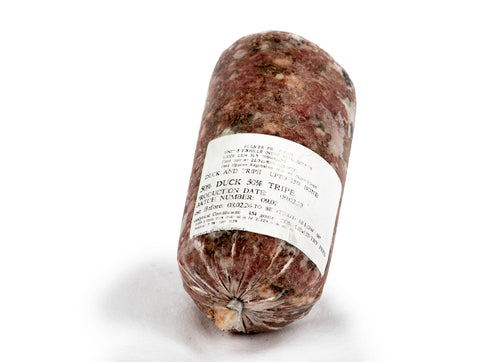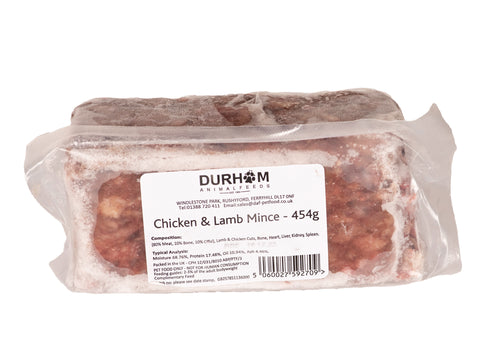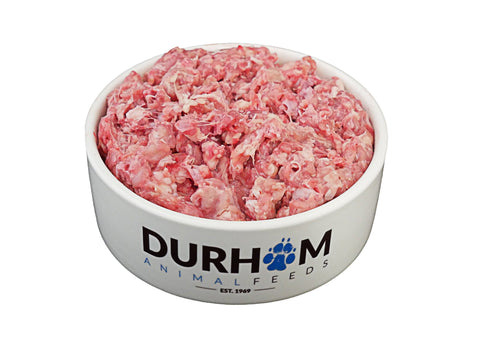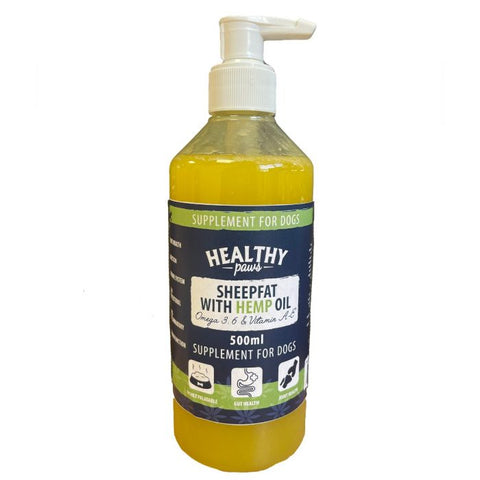Guide To Caring For Skinks
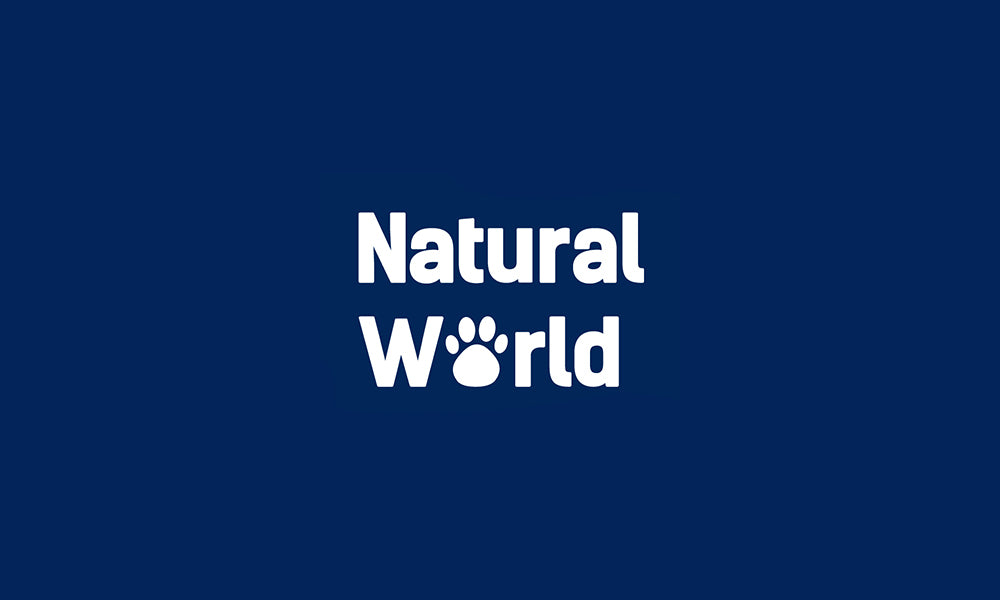
Berber skinks are representative of sun-loving species whilst Blue-tongues are often found in more semi-forested or grassland habitats, but they equally greatly enjoy sun-bathing.
They are usually very docile and make good pets if the right care can be provided. As adults, Berber skinks can reach sizes of 20-30cm. Blue tongued skinks can reach sizes in excess of 50cm so it is important to ensure the housing you purchase will be enough to accommodate your adult pet.
Skinks typically live for around 15 years, so you must be sure youíre ready for a long-term commitment.
They are not social animals so they are best kept singularly.
General Care
- Diarrhoea: This can be caused by many problems including incorrect feeding or internal parasites.
- Mouth rot: Cheesy deposits appear in the mouth.
- Respiratory problems: Signs include fluid or mucus from the nose. This can be caused by too low temperatures or too high humidity.
- Metabolic bone diseases: Signs include deformed, swollen or paralysed hind limbs. This can be due to a lack of calcium, vitamin D3 and/or lack of exposure to UVB/UVA light. It can be reversed if caught in time and properly treated.
- Nails: Overgrown nails can often indicate your pet isnít getting enough exercise or is inactive for another reason. If nails become overgrown they will need to be trimmed with specialist equipment and your vet or pet shop will be able to advise. If you are at all worried about the health of your skink you should consult your vet as soon as possible. It is recommended to seek a vet that has experience with reptiles. Your pet should also be insured against unexpected veterinary costs.
Choosing Your Skink
A healthy skink should be bright, alert and active. The body should appear well-covered and strong with no signs of loose skin. There should be no signs of diarrhoea or injury to the body.
Housing
A large, escape-proof vivarium with good ventilation is most suitable for housing a skink. The minimum size should be 90 x 60 x 60cm, preferably larger if possible.
Temperature
All reptiles are cold-blooded and need an external heat source to maintain their body temperature and each species of lizard requires different degrees of heating. One end of the vivarium should be heated to create a thermal gradient, allowing the pet to choose its preferred temperature. The ideal thermal gradient is 26-28C at the cool end and 35-40C at the hot end. Night temperature can be dropped by several degrees, which will benefit your pet as this reflects his natural environment. Background heat can be provided by using heat mats and more intense heat by spotlights or heat lamps. Your pet shop can advise on heating products that are suitable for your particular set-up. Digital thermometers should be placed at each end to monitor the temperature range and the maximum temperature of the heat gradient should be controlled by a thermostat. You should fit wire mesh guards overexposed heat sources to prevent thermal burns.
Lighting
Skinks are diurnal lizards and require high-intensity UVB and UVA lighting to fully absorb and utilise the calcium in their diet. This light should be left on for 12-14 hours in the day. The bulbs will need replacing regularly as their UV output decreases with use.
Humidity
It is highly important to research the particular humidity needs required by the particular species of skink you are caring for. Some species of skink live in dry areas, whilst others inhabit rain forests.
Furnishings
The floor of the cage should be covered with a suitable substrate, which your pet shop can advise on. Sand can be used but it is recommended to feed from a height to prevent the animal ingesting too much sand whilst eating. Skinks will only eat the sand if lacking in calcium so to prevent this ensure correct vivarium temperatures and supply an extra source of calcium. The substrate should be deep enough to allow your pet to burrow. Provide a combined UVA/UVB spotlight or a UVB heat lamp and UVA strip bulb for basking and place climbing rocks or branches approximately 6-12 inches beneath – check the manufacturerís instructions too. Provide a shelter, with a piece of cork bark for example, and additional bark or branches to create areas for climbing. It is essential to provide your pet with a place to hide and feel secure, and itís also highly beneficial during skin-shedding. Piles of rocks, securely positioned slates, and other such furnishings will be appreciated by your pet.
Cleaning
Remove droppings and any uneaten fresh food daily. Water bowls should be washed, dried and refilled regularly. Vivariums should be completely cleaned out and disinfected with a pet safe disinfectant on a regular basis. Soiled substrate should be disposed of and replaced daily through a spot-cleaning regime.
Food and Water
Skinks are omnivores and become more vegetarian as they get older. They will eat a varied diet of live insects (as large as the width of their heads), fruit and vegetables. Fruit should only be fed in limited quantities due to the high energy content. Young skinks should be fed insects up to three times a day with a quarter of their diet made up of fruit and vegetables. Adults should be fed four or five times a week with at least half their diet made up of fruit and vegetables. Once their growth slows their appetite diminishes substantially. Animal protein can be supplied as crickets, locusts, and giant mealworms. Waxworms should be fed sparingly as they have a high-fat content. When feeding crickets feed a few at a time if they are eaten readily feed a couple more. Remove any uneaten live food after around 30 minutes as they annoy skinks by nipping at them during the night. It is important to feed the live food a nutritious diet and water to ensure your pet is also receiving a balanced diet. This is also known as ëgut loadingí the live food. Suitable fruit and vegetables to feed your pet include kale, dandelion, watercress, carrots, courgettes, parsley, apples, pears and berries (in limited quantities). Fruit and vegetables should be washed and dried before feeding and offered in bite-size pieces. It is very important that food should be dusted with a vitamin and calcium supplement on a regular basis; once or twice a week for non-breeding adults and all food for juveniles and egg-laying females. Failure to undertake such dietary supplementation may result in metabolic bone diseases and other such problems. Skinks may not recognise still water as drinkable. They respond to refraction of light on moving water so shallow food and water bowls should be provided.
Handling
Skinks are usually very docile and can become tame over time. Movements should be slow and gentle but confident. To pick up your skink, place one hand above the shoulders and support the underside with the other hand. Reptiles can carry a form of Salmonella, which can be transferred to humans. Good hygiene and washing your hands after handling your skink should be sufficient to prevent any risk of infection.
Pet Code Of Practice
Never release a pet (companion animal) into the wild. It is illegal and for most species, this will lead to an untimely and possibly lingering death, as they are not native to this country. Any animals or plants that do survive might be harmful to the environment. This includes the need to properly dispose of soiled substrate, so that eggs and live food canít escape into the wild.
Shopping List
Vivarium Substrate Heat mat/spotlight UV light Thermometers x 2 Thermostat Water bowl Food bowl Live foods Calcium supplement Vitamin supplement Cage furnishings Pet safe disinfectant A good book that covers skinks
Guide To Caring For Skinks
A skink is a species of reptile that belongs to the lizard family. A skink has a long tail with very short legs and no pronounced neck. The Berber and Blue-tongued skink are amongst the more commonly kept species as pets in the UK, and it is thought there are over 1,500 species of skink in the wild. Berber skinks originate from Northern Africa, whilst Blue-tongued skinks originate from Australia, New Guinea and parts of Indonesia. The Animal Welfare Act 2006 means all pet owners have a legal duty of care to their pets. Anyone who is cruel to an animal or is found not to be providing the five animal welfare needs, as listed below, can be fined and sent to prison.
The Five Animal Welfare needs:
- Environment: Pets should be given the correct housing according to its size, this includes shelter, space to exercise and a secure, comfortable place to rest.
- Diet: Pets should be offered the correct type and volume of food to cover all their nutritional needs alongside access to clean, fresh water.
- Behaviour: All pets should be allowed to exhibit normal behaviour patterns and should be provided with the facilities to do so.
- Company: Some animals require the company of their own kind, whilst others should be kept on their own.
- Health: All animals should be protected from pain, suffering, injury, and disease, and given veterinary treatment if they become sick or injured. Remember – you should never release your pet into the wild.

